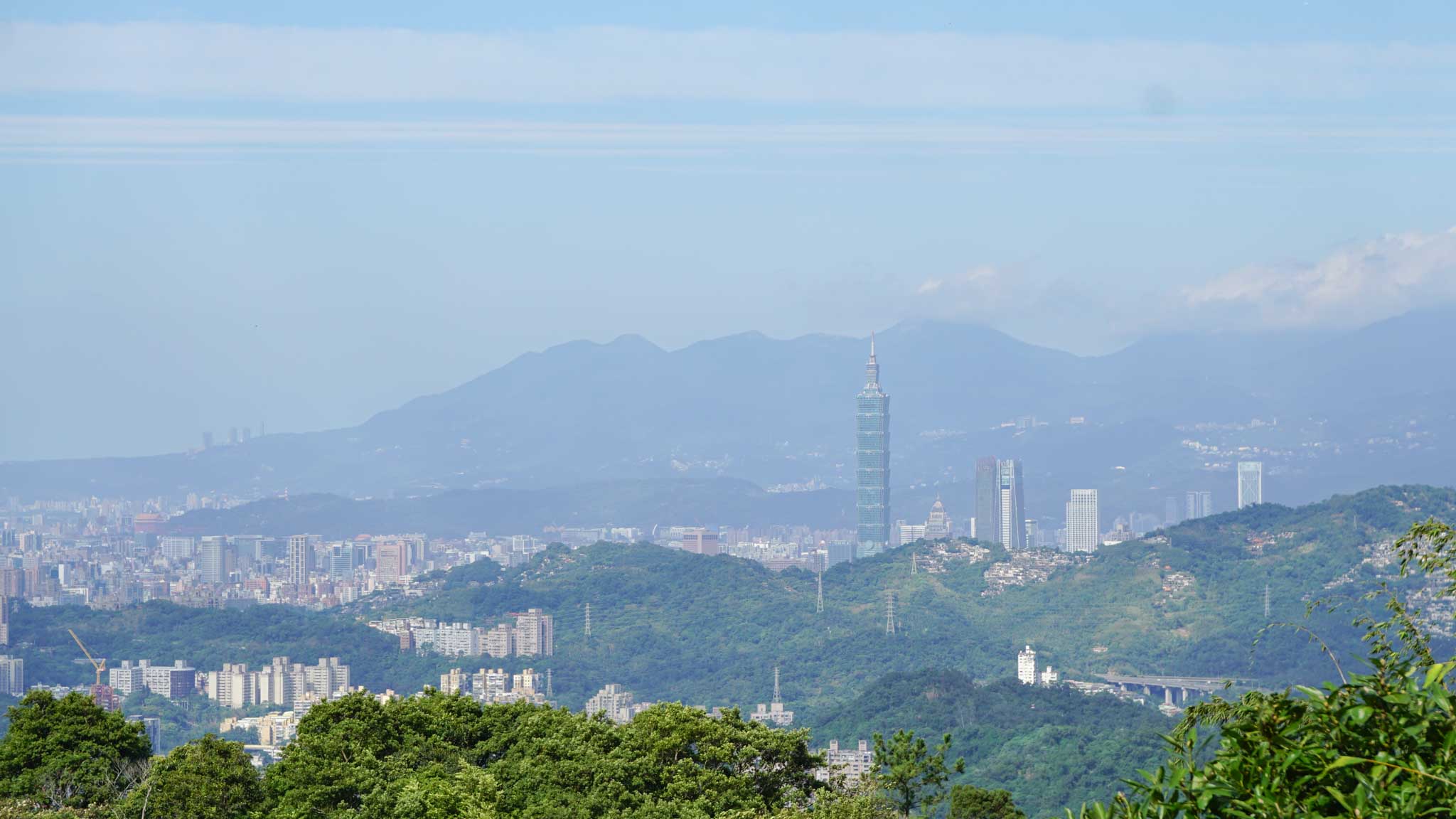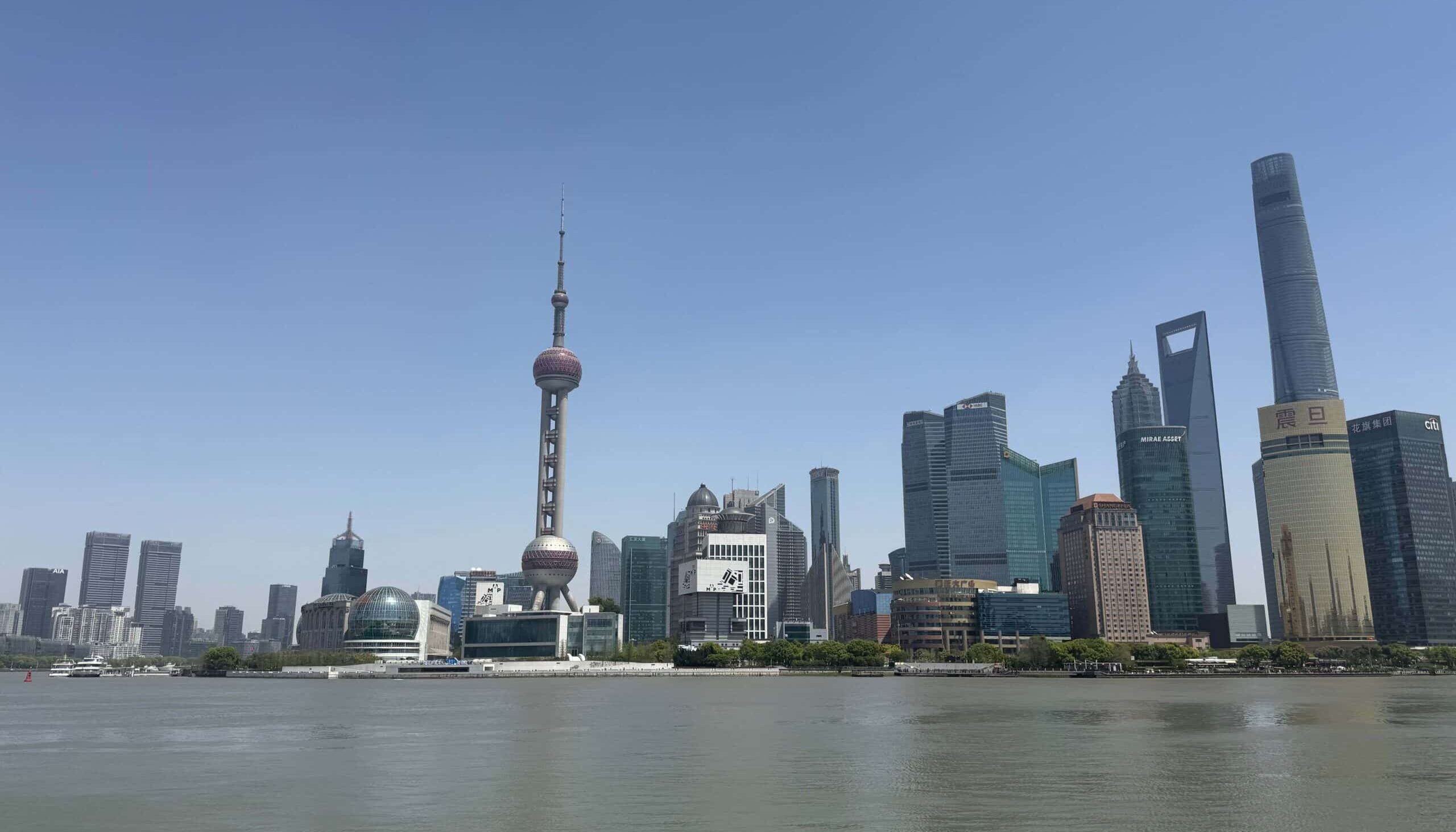
Shanghai has been on my travel bucket list for a while now, and since one of my friends was traveling in Shanghai, I thought to myself: Why not join her for a long weekend! I was honestly a bit hesitant to go by myself so this was the perfect chance to visit China for the first time. But like any major trip, it’s all about prep to make sure things go smoothly. Although I do believe the trip to China involved a bit more preparation than I usually do. So if you’re planning a visit to this amazing city, I’ve collected up all the essential things you need to know before you go (especially from a German traveler’s perspective).
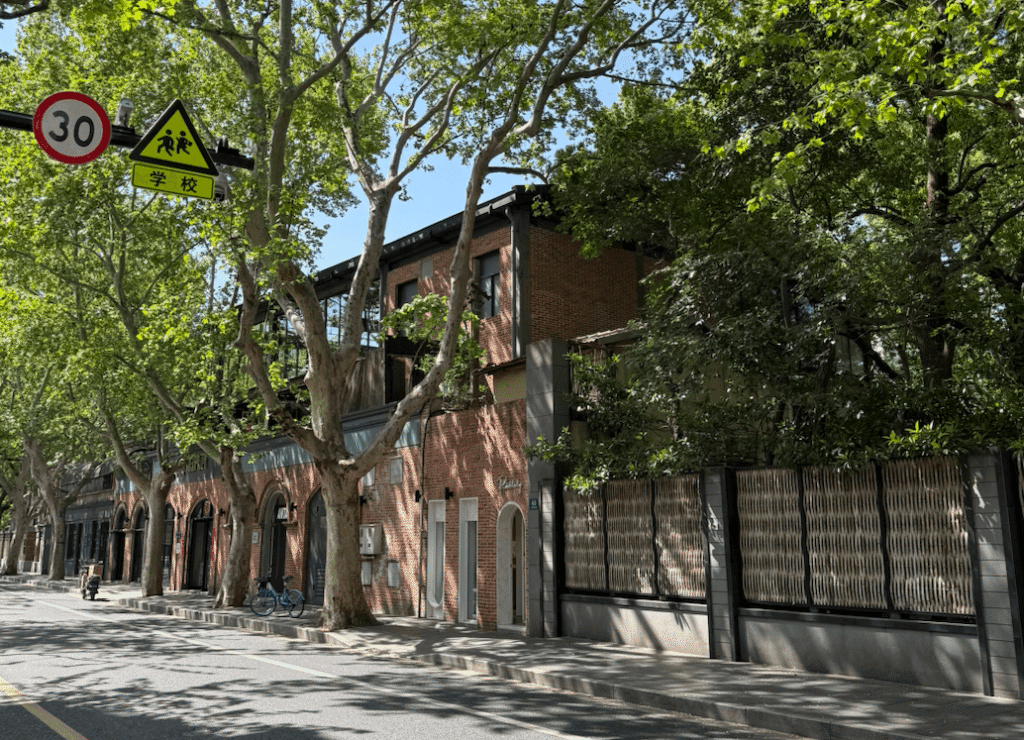
1. Visa: Don’t Forget This First Step
One of the first things you’ll need to sort is the visa. As a German traveler, you can actually enter China visa-free for up to 30 days if you’re visiting for tourism, business, or transit. This rule is valid until December 31, 2025, so it worked out perfectly for me! But if you have a service passport or a temporary travel document, this doesn’t apply.
If you’re staying longer or want to visit other cities, you’ll need to apply for a visa. And don’t forget, if you’re coming under the visa-free rule, you’ll need to register with the local Public Security Bureau within 24 hours of arrival (but don’t worry, most hotels will handle this for you).
Also, remember that travel regulations are always changing and can differ depending on where you’re coming from, so be sure to check the embassy’s website for the latest updates before you go!
2. Accommodation: Where to Stay in Shanghai
Where you stay in Shanghai really depends on what kind of vibe you’re going for, but there’s no shortage of choices!
Staying at a Hotel
If you’re looking for a place that’s convenient and centrally located, there are plenty of good options. I stayed near Huaihai Road, which was perfect for getting around. It was a ~30 min walk to the Bund, and I could easily explore places like the Wukang Building and Wukang Road (both are really cool and definitely worth checking out). This area has a great mix of historic spots, local charm, and plenty of cafes and shops to pop into, so you get a real feel for the city.
If you’re trying to keep things on the budget side, no worries, there are still loads of solid hotels in the city center or around the French Concession. This part of Shanghai has a relaxed, European vibe with tree-lined streets and a more laid-back atmosphere, so it’s perfect for a slower pace when you need a break from the hustle and bustle. It was actually my favorite area in Shanghai. And if you are a European living in Asia, like me, you’ll very much appreciate all the very good European bakery options in that area. I might have to create another blog post just for those!
Staying at a Private Home
Want to live like a local for a bit? Consider booking through Airbnb or similar platforms. I stayed in a cute local apartment near Xintiandi, which was perfect for soaking up the area’s charm. Just be sure to check that your accommodation is registered, as some places are a bit iffy on the legality side of things.
3. Get yourself an eSIM before you go
In China, you really rely on your phone for almost everything. Whether it’s getting a taxi, using public transport, or paying for meals and drinks, your phone is your lifeline. So, staying connected is a must. I decided to set up an eSIM by Maaltalk before my trip, and it worked out pretty well. However, since my eSIM was Hong Kong-based, I couldn’t use apps like TikTok or ChatGPT, but honestly, for a short trip, I wasn’t too bothered.
What I really liked was not having to depend on hotel Wi-Fi. If I had, I’d definitely have needed a VPN to access certain apps. But with the eSIM, I had no issues, everything from paying for stuff to using public transport was smooth and easy.
The only worry I had was: what do I do if my phone runs out of battery?? So I made sure to take my power bank everywhere!
4. VPN
This one’s worth mentioning if you want to access your usual websites while in China. Apps like Google, Facebook, and Instagram are blocked, so you’ll need a VPN if you plan to use them. If you’re relying on hotel Wi-Fi, you’ll definitely need one.
However, if you’re using an eSIM and staying connected that way, you might not need a VPN for everyday stuff like maps, transport apps, or payments. My eSIM worked fine for all of that, so I didn’t need a VPN during my trip. But if you want to check social media or use some other blocked apps, it’s something to consider.
5. Apps to Download Before You Go
Shanghai is tech-central, and there are a few must-have apps to help you get around.
Alipay
While cash is still around, most people in Shanghai use Alipay for just about everything: food, taxi, public transport, shopping, you name it. The only time I ever needed cash was when I hadn’t set up my Alipay transportation yet and needed to buy a train ticket at the machines in the subway station. But Alipay in general is super convenient, so I set mine up before the trip (except the transportation option – so take that as a reminder for you to do it haha) You can just link your credit card, and you’re good to go! No need to worry about carrying a ton of cash or searching for ATMs. Plus, it’s great for getting discounts at many shops and restaurants.
Another app I recommend is WeChat. It can also be used as a payment option similar to Alipay. It’s kind of the lifeblood of Chinese social media and messaging, but also so much more. You can pay for things, chat with locals, and even book services or make appointments. Seriously, the locals live and breathe this app, so don’t skip it! I needed it a few times when ordering at bubble tea shops. You can scan a QR code and then order directly via WeChat. One of the bubble tea shop workers helped me the first time I had to use it. The second time, I was able to do that by myself and it was very convenient.
Maps App
Google will only get you this far. So for getting around the city, Baidu Maps or Amap (Gaode Maps) are your best friends. They offer super detailed navigation, and while it can be a bit tricky if you don’t speak the language, I got the hang of it pretty quickly.
Translation Apps
This isn’t something specific to China, but you will definitely need a translation app. Although they will probably not be 100% accurate all of the time. It will be helpful for translating signs, or even restaurants menu before you go into the shop. I just used Google Maps but I guess any other you like will also do it’s job.
6. How to Search for Restaurants, Cafes, and More
Finding good places to eat, drink, or explore in Shanghai can be a bit overwhelming, but Google Maps is actually a good starting point. The ratings you’ll find there are mostly from tourists, so while the options may not always be the most local, many of them are still great. It’s a helpful way to get a sense of what’s popular and what might be worth checking out.
I also found Instagram and TikTok to be very useful for discovering new spots – whether it’s for food, cafes, or things to do. So social media also gave me some insights into places that locals, fellow travelers, and expats were recommending. And if you’re looking for something more unique, blog posts can often lead you to those hidden gems that you won’t find just by scrolling through other apps.

Shanghai is a city full of surprises, and a little preparation can go a long way in making your trip smooth and enjoyable. Whether you’re soaking in the views from The Bund or wandering through the French Concession, there’s always something new to discover.
Got any tips of your own for Shanghai? Or maybe a favorite spot to visit? Leave a comment below. I’d love to hear about your experiences!
You can also find many more tips of my travels in Asia in my other blog posts. Be sure to check them out!

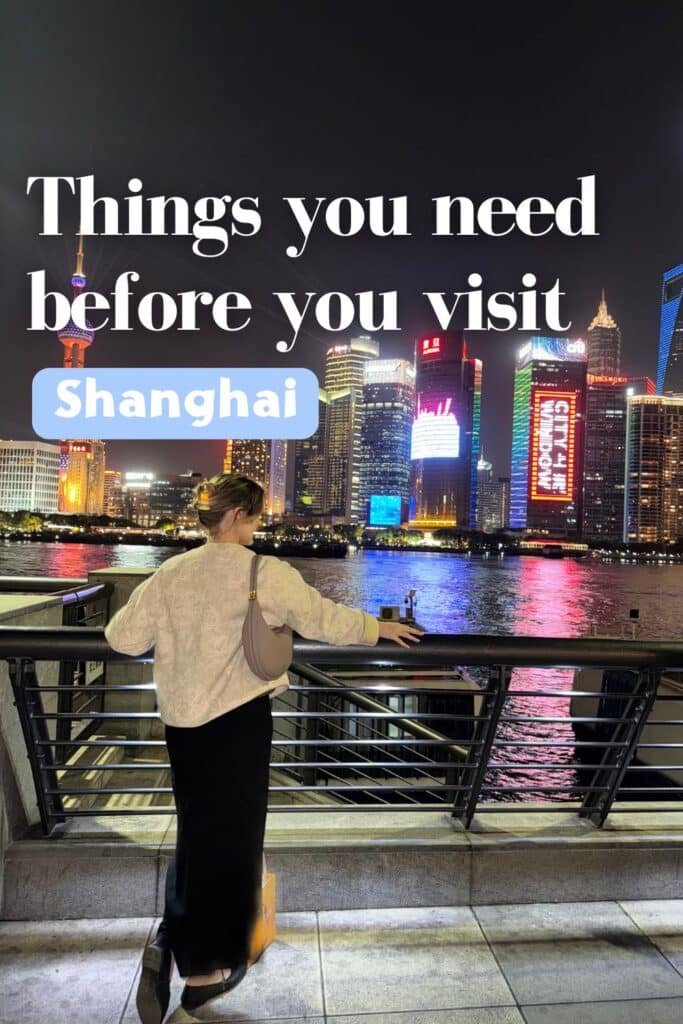

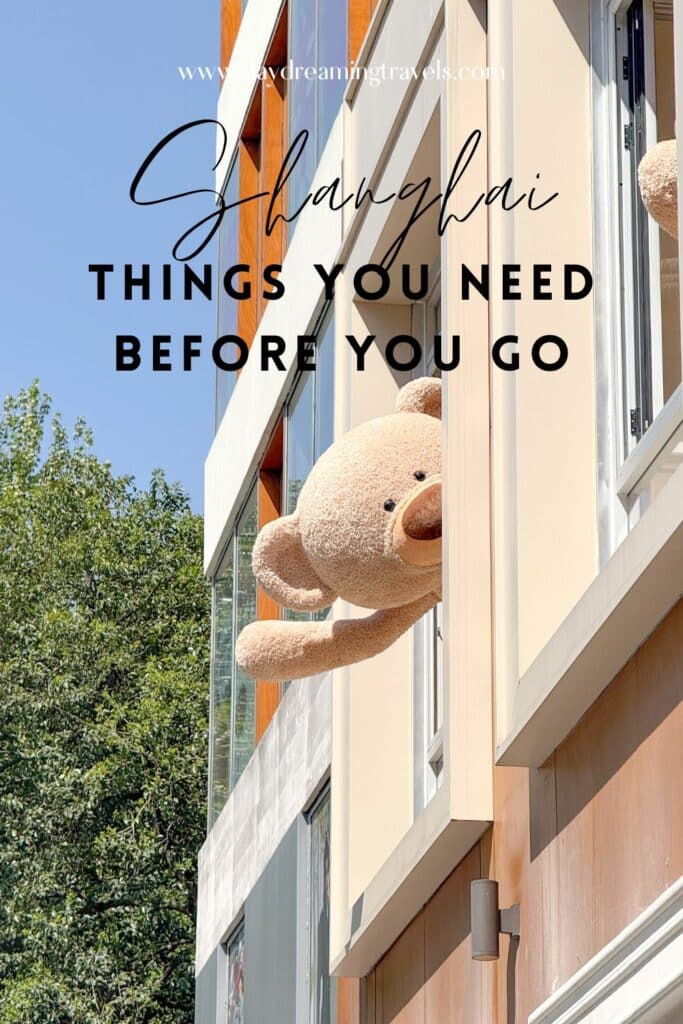
Denise
Hello, I am Denise - I am a passionate world explorer and moved to Seoul, South Korea in 2022. Going on adventures, learning about new cultures, and practicing my photography skills are just some of my passions. Let me take you on an adventure around the world!



